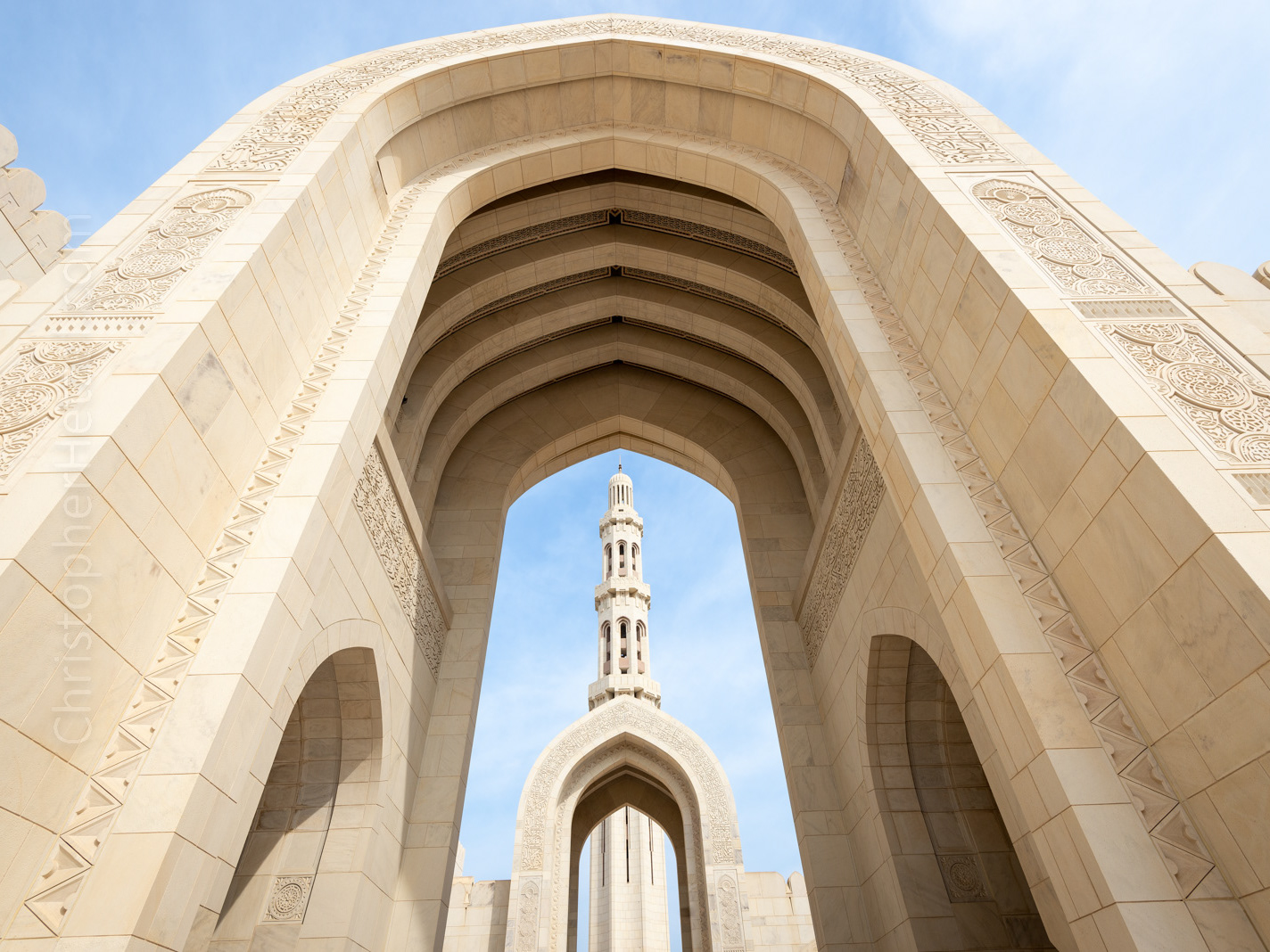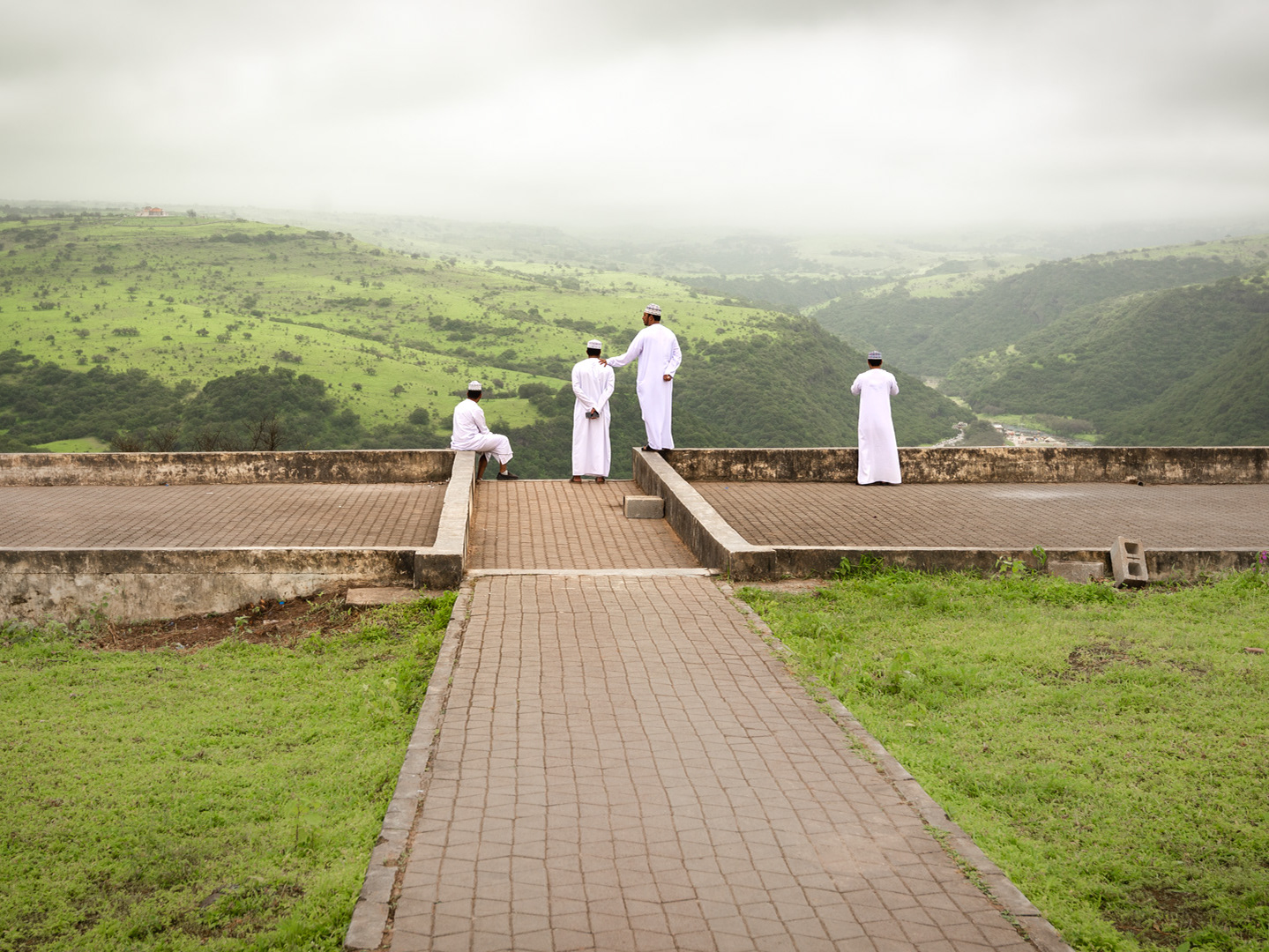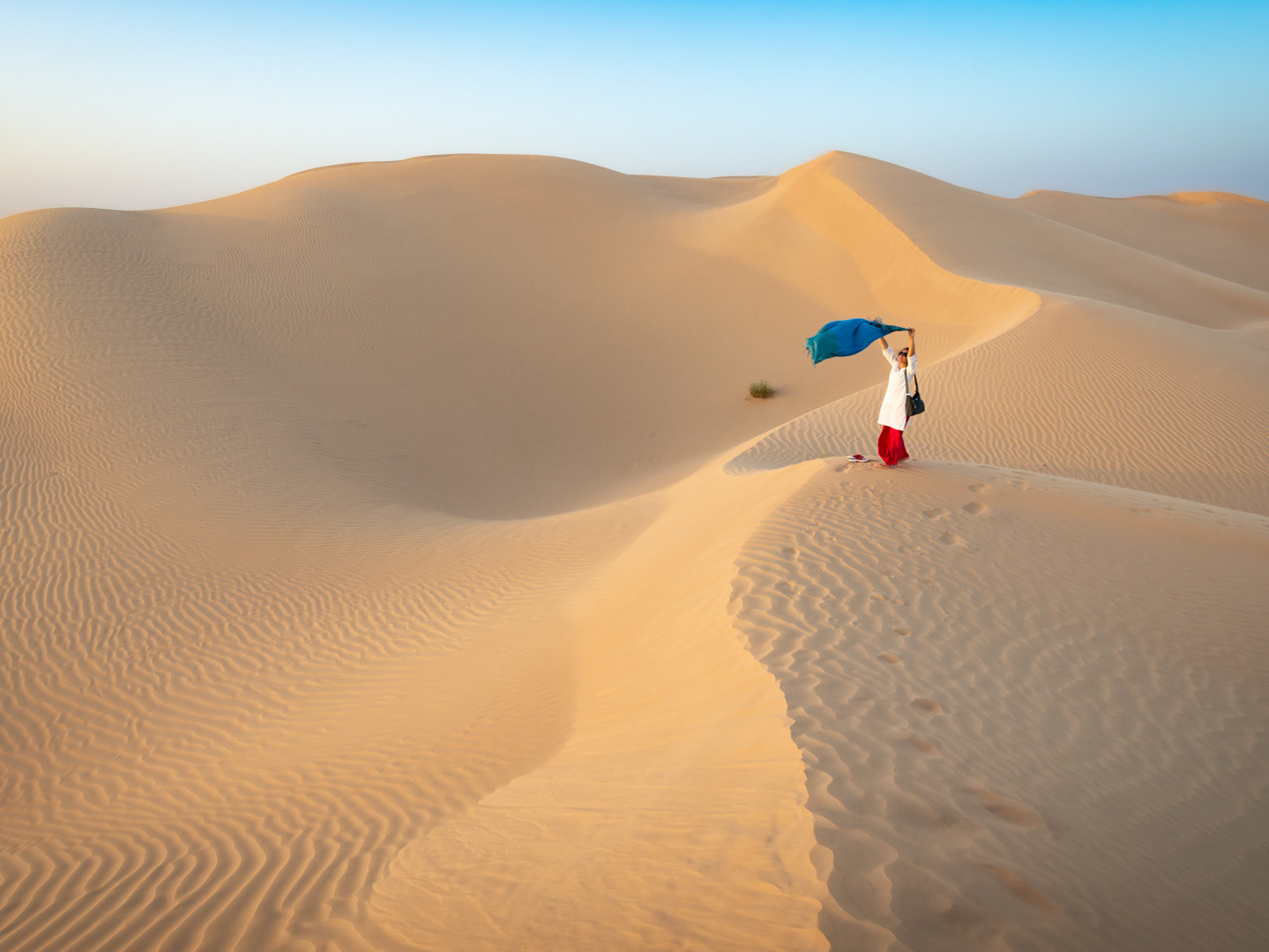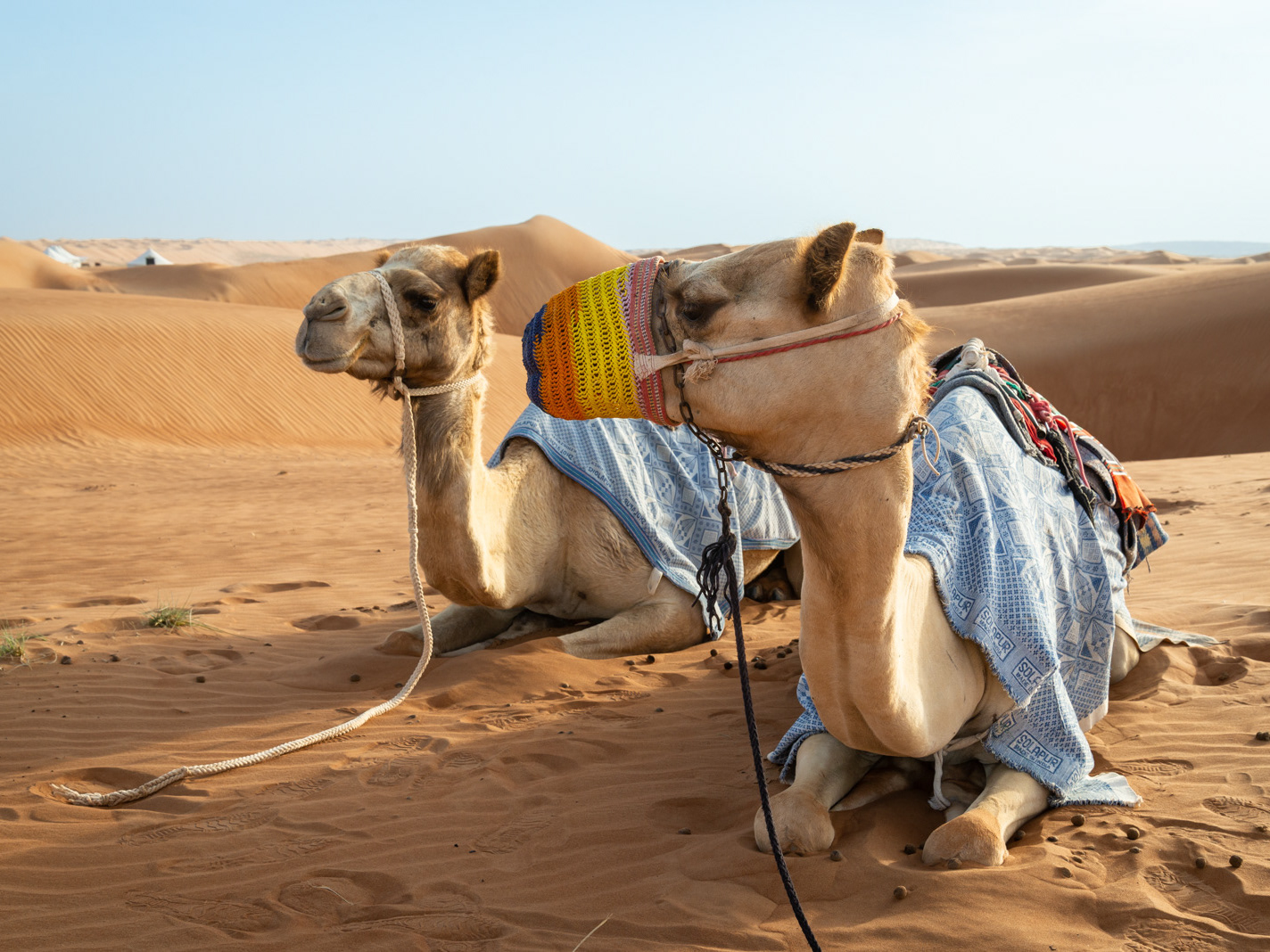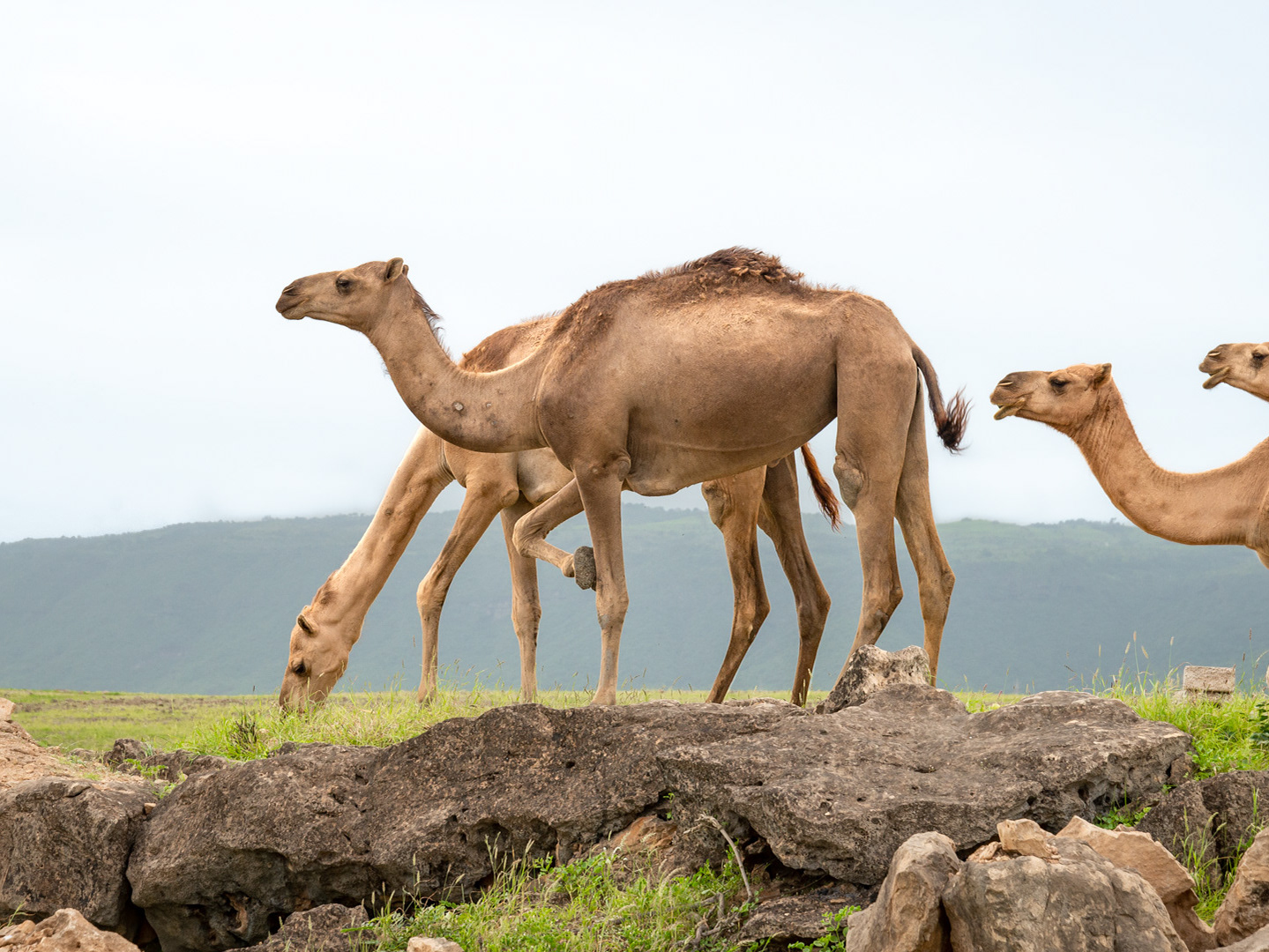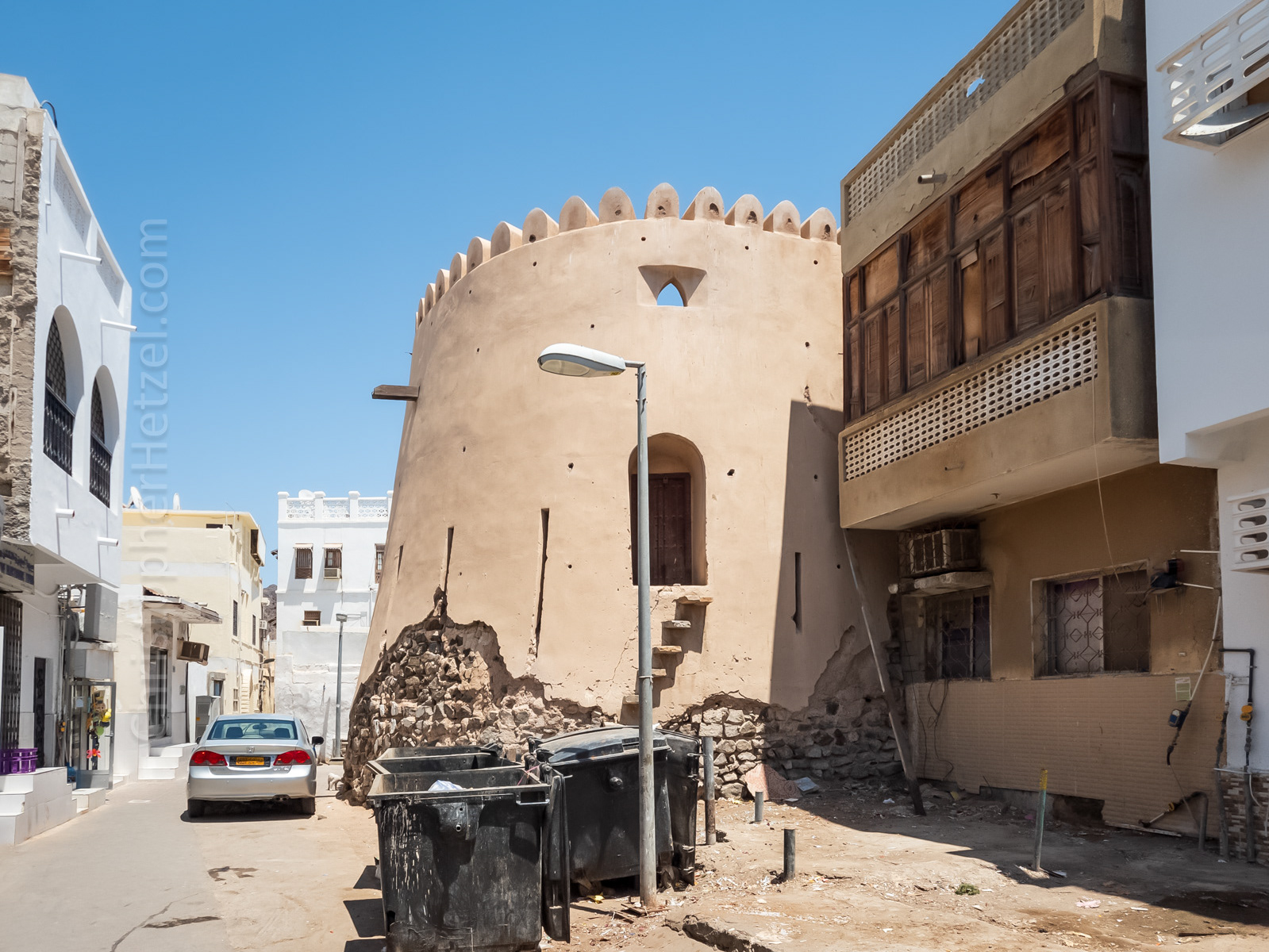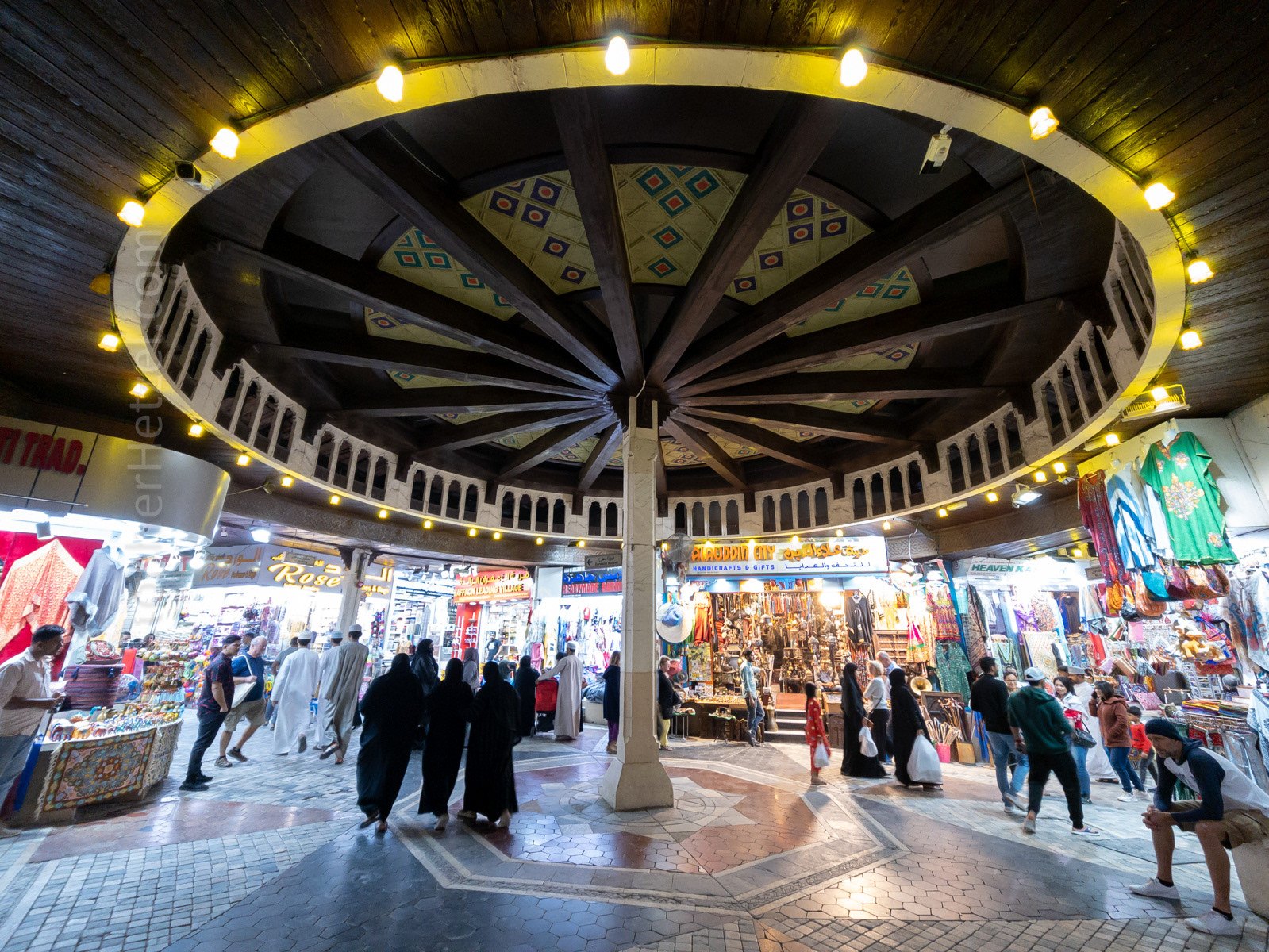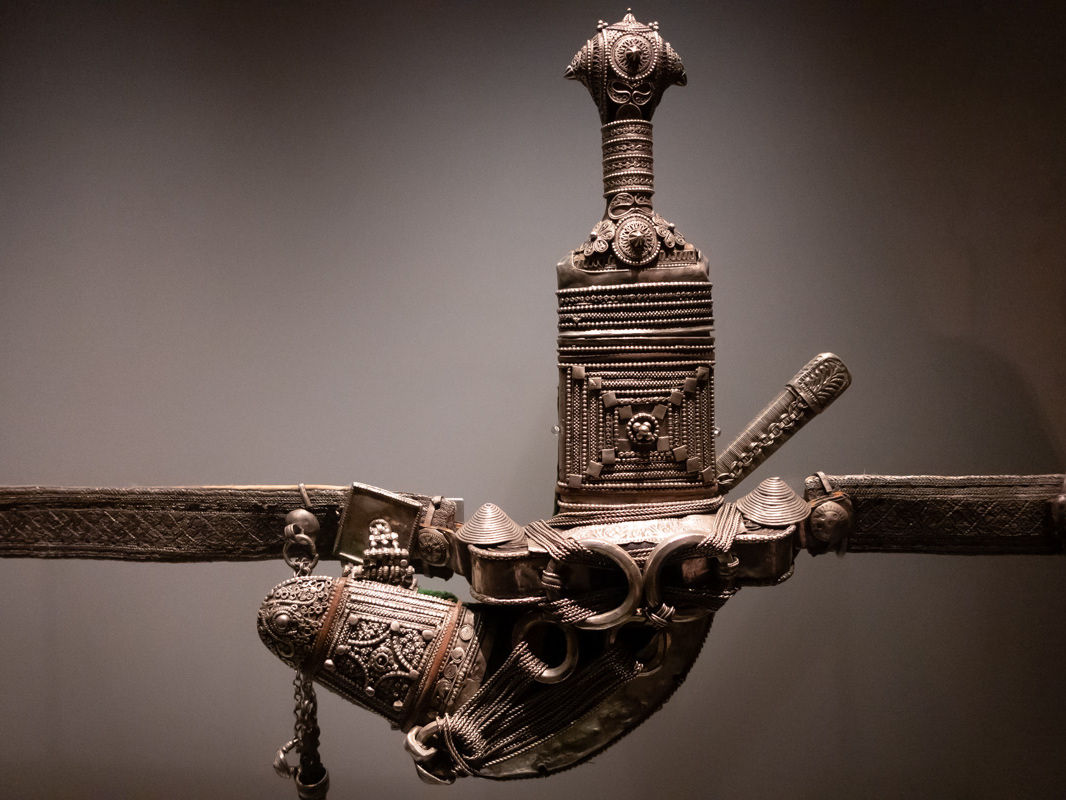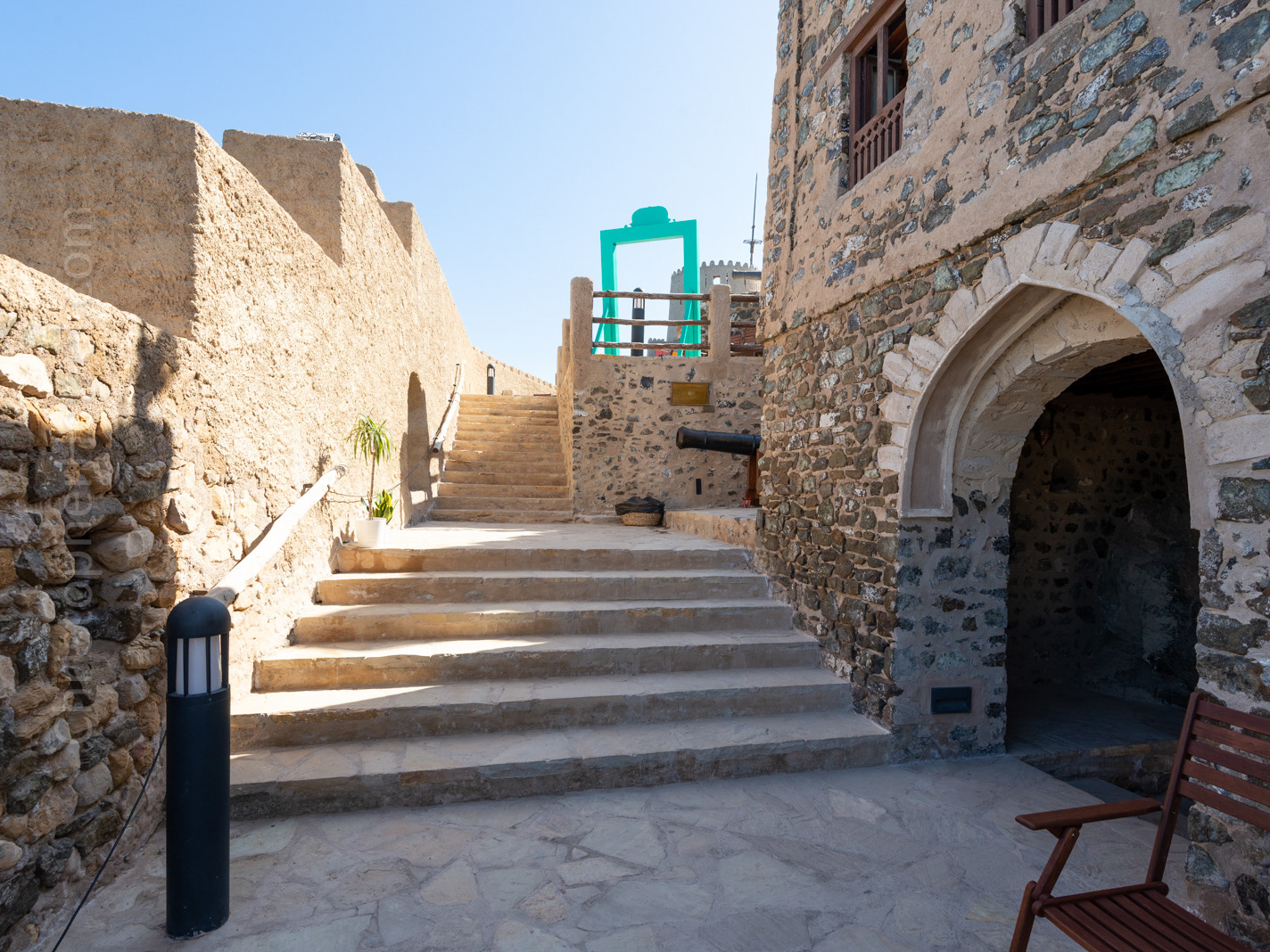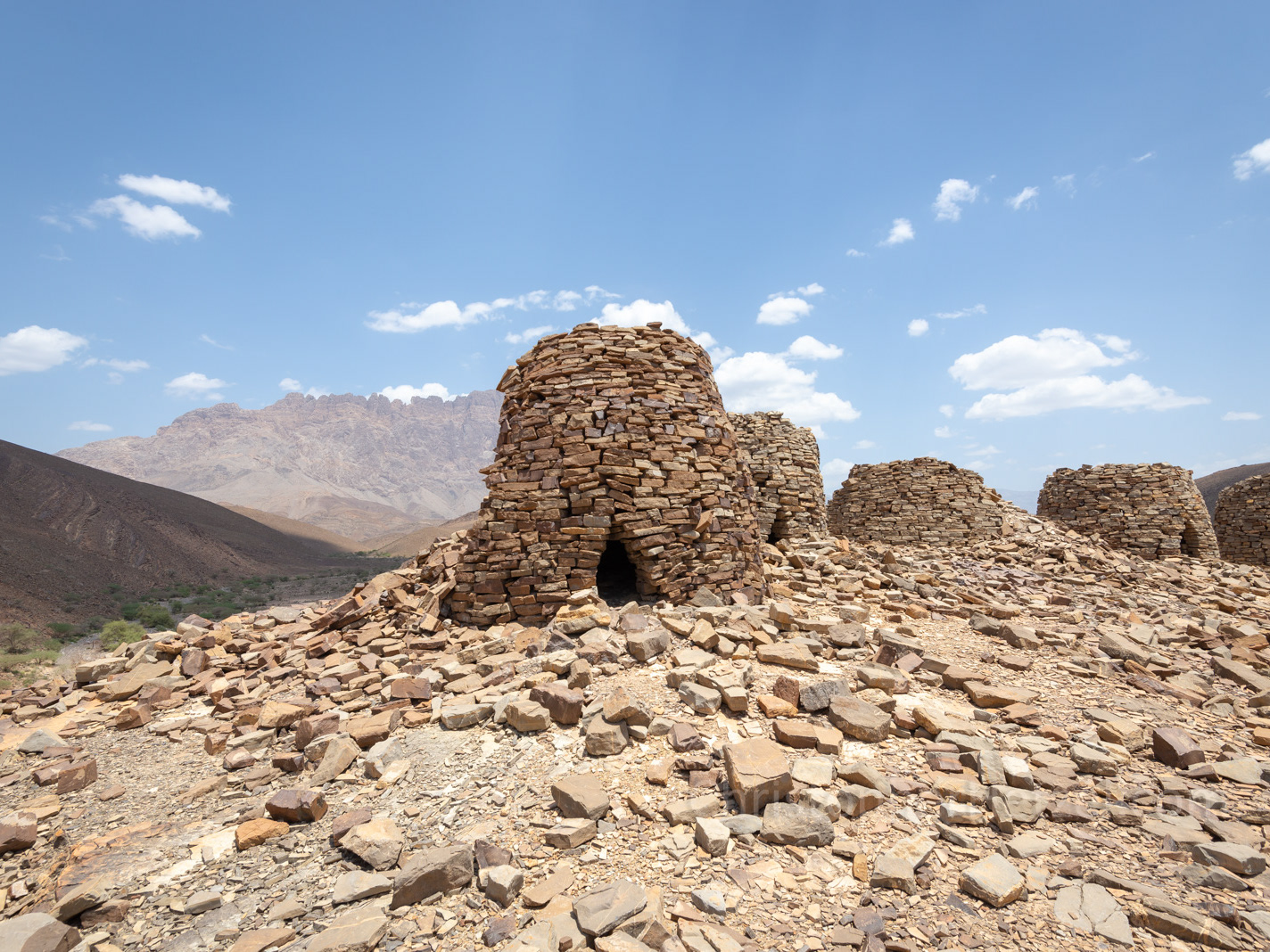Frankincense. Have you heard of it? I'd bet most have - and most likely from the story of the 'Three Wise Men' in the bible. But what is it really, and where does it come from?
Frankincense is the aromatic resin of the Frankincense tree (genus Boswellia). It is obtained by carefully scraping the tree bark, then harvesting the hardened sap that seeps out over time. Frankincense can be made into incense, perfumes, natural medicines, and essential oils, and has been heralded for its spiritual and natural healing properties since ancient times. Modern clinical studies have shown frankincense resin to be effective against asthma, rheumatoid arthritis, inflammatory bowel diseases, osteoarthritis, and multiple sclerosis, and to have antimicrobial activities, among many other qualities.
Historically, Frankincense trees were primarily found in portions of the southern Arabian Peninsula, in what are now the countries of Oman and Yemen. Frankincense itself has been an important luxury item traded from Arabia for more than 5,000 years. The ancient Greeks, Romans, and Chinese highly prized the substance, and it's been used by churches and in religious ceremonies throughout the world, from antiquity to the present.
Frankincense was central to a vast trading network that spanned from India and China in the east, across Arabia to the Mediterranean, and far into Europe, during the ancient and medieval periods. The South Arabian cultures and empires of what is now Yemen and Oman were central to this trade. In Oman, there are three areas of the Dhofar region in which the frankincense tree is still found and actively harvested. Jennifer and I visited one of them, Wadi Dawkah, now a protected archaeological preserve, on our trip into the desert from Salalah.
In the distant past, Omani frankincense was harvested from trees growing in such remote Wadis, and carried across the desert by camel caravans along well established trade routes, to places such as the Oasis of Shishr (or Wubar) and the ancient fortified port cities of Khor-Rori and Al-Baleed (now Salalah), where it was shipped by sea to markets in the Mediterranean and Far East.
Today, Wadi Dawkah and the archaeological sites of Shisr/Wubar, Khor Rori, and Al-Baleed are a UNESCO World Heritage Site, inscribed as the "Land of Frankincense." Together, they represent the trade in frankincense that flourished in Southern Arabia for many centuries, as one of the most important trading activities of the ancient and medieval world.
Land of Frankincense: https://whc.unesco.org/en/list/1010/
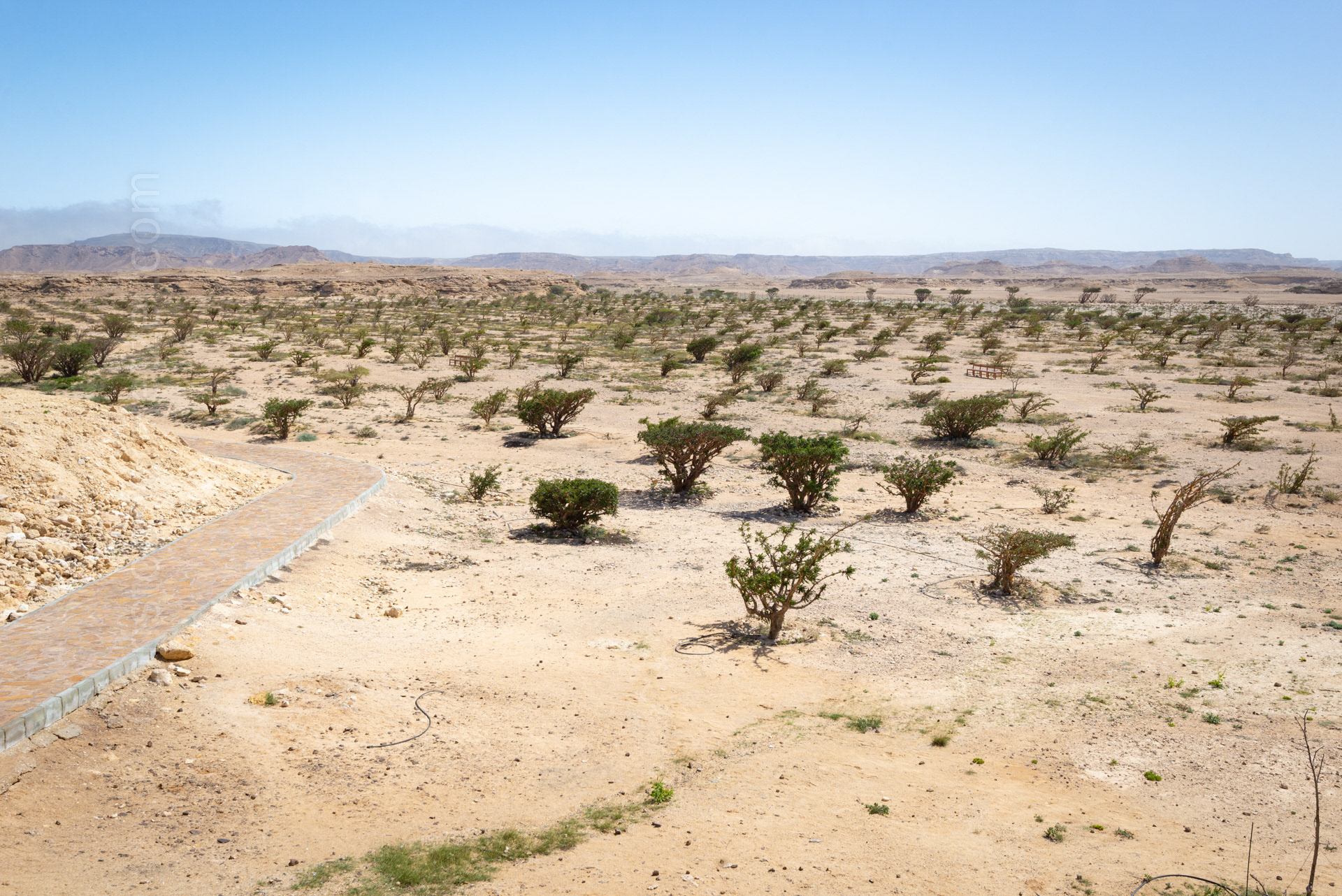
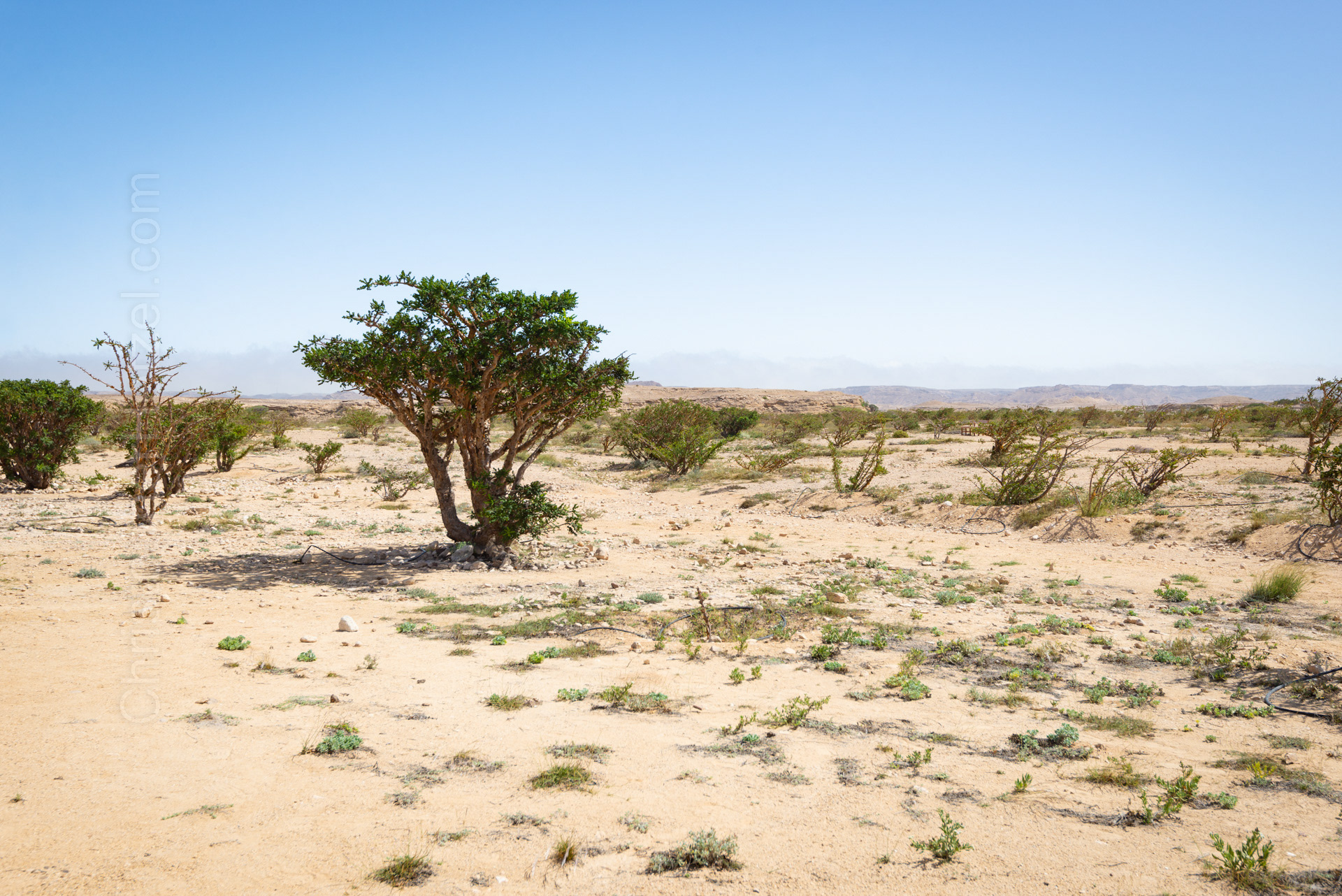
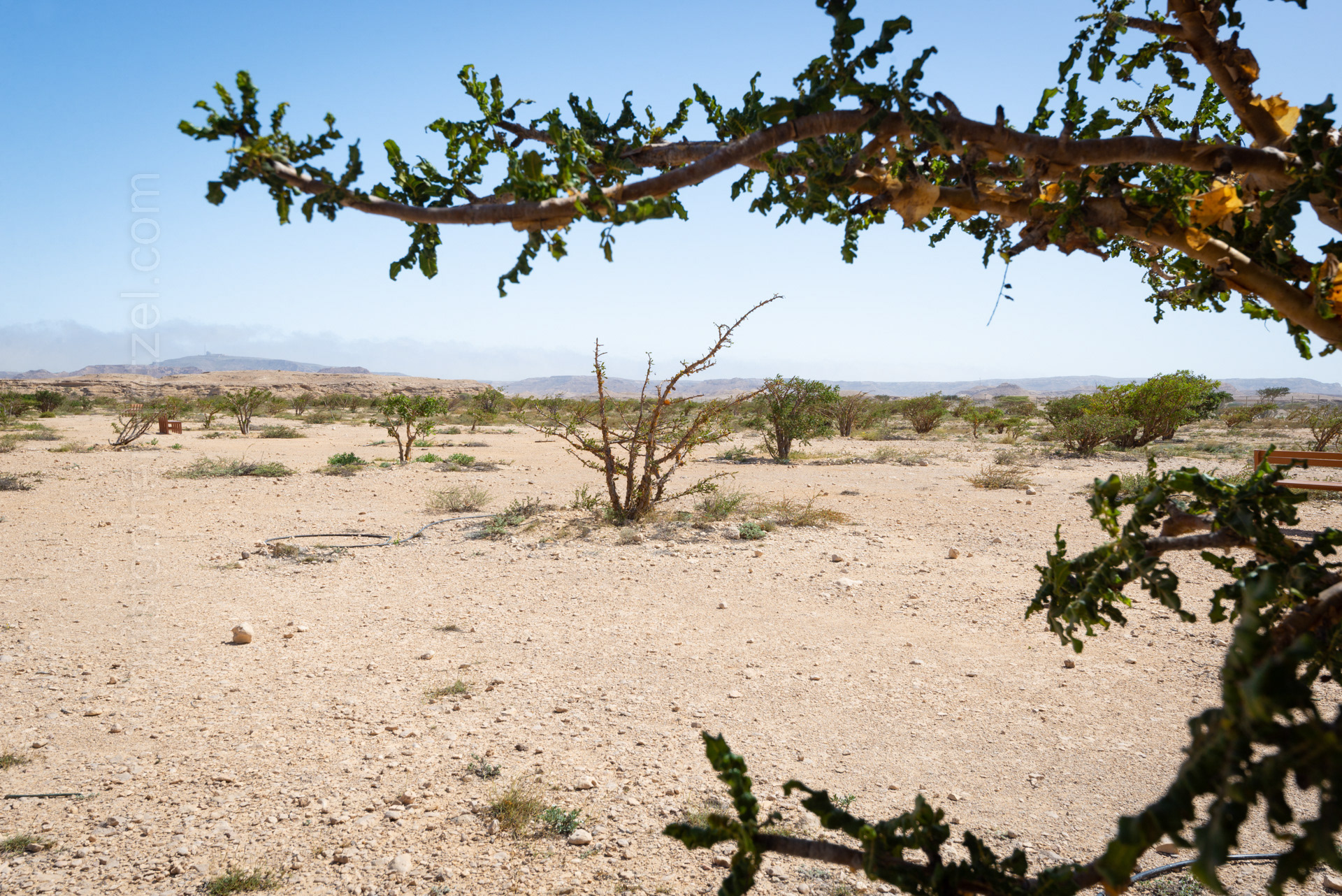

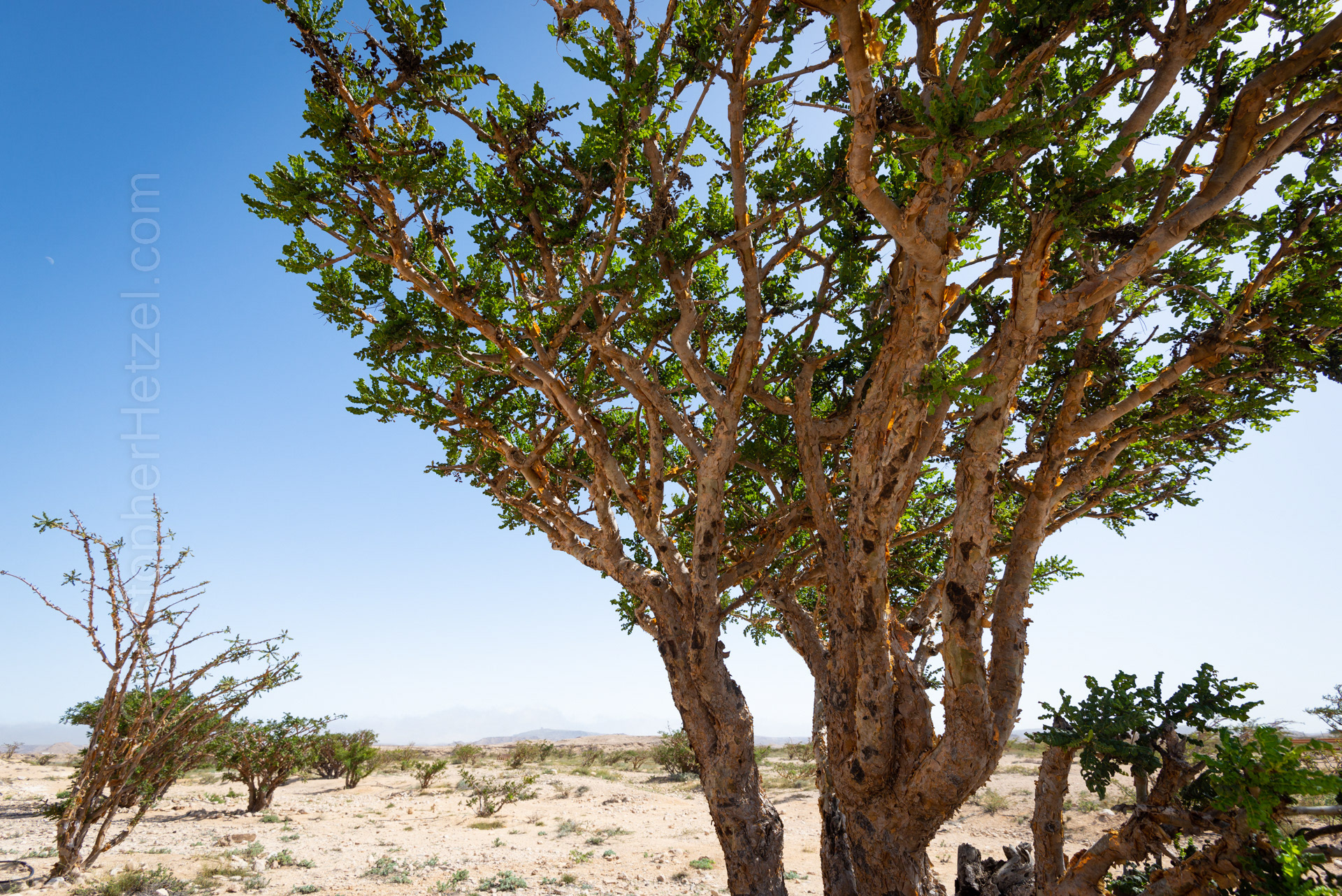
Back to Oman
